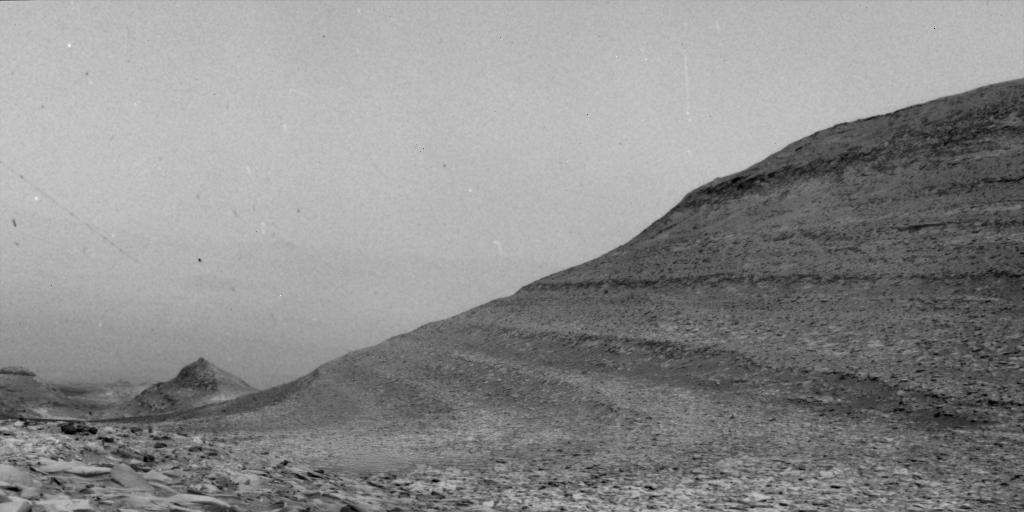A recent powerful solar storm has underscored the significant challenges radiation poses for future Mars colonists. While the dream of colonizing Mars captures the imagination, the reality of dealing with high radiation levels on the Red Planet presents one of the biggest hurdles to long-term human settlement.
Unlike Earth, Mars lacks a substantial magnetic field and a thick atmosphere, leaving its surface highly vulnerable to space radiation, particularly during heightened solar activity.
The Danger of Solar Storms
Solar storms, which include solar flares and coronal mass ejections (CMEs), occur when the Sun releases vast amounts of charged particles into space. When reaching Mars, these particles can pose severe health risks to astronauts. On Earth, its magnetic field and atmosphere provide a protective shield, deflecting and absorbing much of this radiation.
However, Mars’s thin atmosphere and weak magnetic field mean that these charged particles can easily penetrate the surface, creating a hazardous environment for any potential colonists.
The Sun goes through an 11-year cycle of solar activity, known as the solar maximum, during which the frequency and intensity of solar storms increase. During these periods, the amount of radiation hitting Mars can rise dramatically, posing a critical challenge to the safety of astronauts living and working on the Martian surface.
Health Risks of Radiation
Radiation exposure on Mars can lead to a range of health problems, from acute radiation sickness to long-term issues like cancer and cardiovascular diseases. NASA’s CuriosiNASA’ser and the Mars Atmosphere and Volatile EvolutioN (MAVEN) mission have been instrumental in studying these radiation levels.
The Radiation Assessment Detector (RAD) aboard Curiosity has provided valuable data showing that high-energy particles from solar storms can reach the Martian surface. This information is crucial for developing effective protective measures for astronauts.
Radiation on Mars comes from two main sources: galactic cosmic rays (GCRs) and solar energetic particles (SEPs). GCRs are high-energy particles originating from outside our solar system, while SEPs are associated with solar storms. Both types of radiation are dangerous, but solar storms can cause sudden spikes in radiation levels, making them particularly concerning for human missions.
Innovative Solutions for Radiation Protection
Addressing the radiation problem on Mars requires innovative solutions. One proposed method is to use Martian regolith, or soil, as a protective shield. By covering habitats with a thick layer of regolith, it’s possible to block a significant portion of the incoming radiation.
Another idea is to utilize natural features such as caves and lava tubes, which offer inherent protection against radiation. These underground structures could serve as ready-made shelters for astronauts, providing a safer environment with less exposure to harmful radiation.
In addition to these physical barriers, future missions might incorporate advanced technologies like magnetic shielding to create artificial magnetic fields around habitats. Research is also ongoing into developing pharmaceuticals that could help protect against or repair the damage caused by radiation.

Monitoring and Early Warning Systems
NASA’s MAVEN plays a crucial role in monitoring solar activity and providing early warnings of incoming solar storms. By analyzing data from MAVEN and other spacecraft, scientists can predict when solar storms are likely to occur and how intense they will be.
This early warning system is vital for protecting both robotic missions and future human explorers on Mars. When a significant solar event is detected, mission control can take steps to safeguard astronauts and sensitive equipment, such as shutting down vulnerable systems or directing astronauts to take shelter.
The journey to Mars and the dream of establishing a human presence on the Red Planet are fraught with challenges, and radiation exposure is one of the most formidable. However, with continued research and innovative solutions, it is possible to mitigate these risks.
Understanding the behavior of solar storms and developing effective protective measures will be critical in making Mars colonization a reality. As we stand on the brink of this new era of exploration, addressing the radiation challenge will be essential for ensuring the safety and success of future Mars missions.
References:
- NASA’s Jet ProNASA’sn Laboratory. (2024). “NASA Scientists”s Gear Up for Solar Storms at Mars.” Retrieved from [JPL] https://www.jpl.nasa.gov/news/nasa-scientists-gear-up-for-solar-storms-at-mars
- Phys.org. (2024). “Mars colonists” are going to wish they had an atmosphere above them.” Retrieved fr”m [Phys.org] https://phys.org/news/2021-06-mars-colonists-atmosphere.html
- Space.com. (2024). “Radiation Ris”s for Mars Colonists: Lessons from a Solar Storm.” Retrieved fr”m [Space.com] https://www.space.com/radiation-risks-for-mars-colonists-solar-storm
Also Read: Flickers in the Void Dark Stars and their Secret Energy Source

Usama Shafique is based in Islamabad and pursuing a Bachelor’s in Microbiology. He is passionate about writing about astronomy, biosciences, and evolution. He loves exploring how life works, from tiny microbes to the vast cosmos, and sharing these discoveries with others through his writing.

